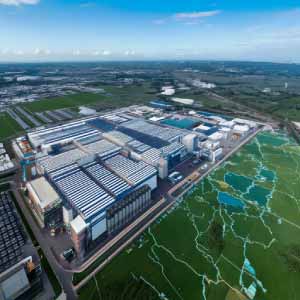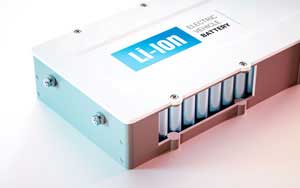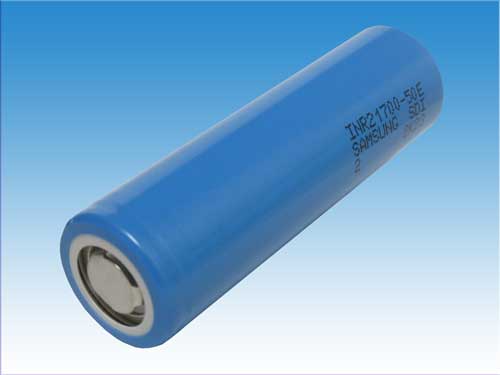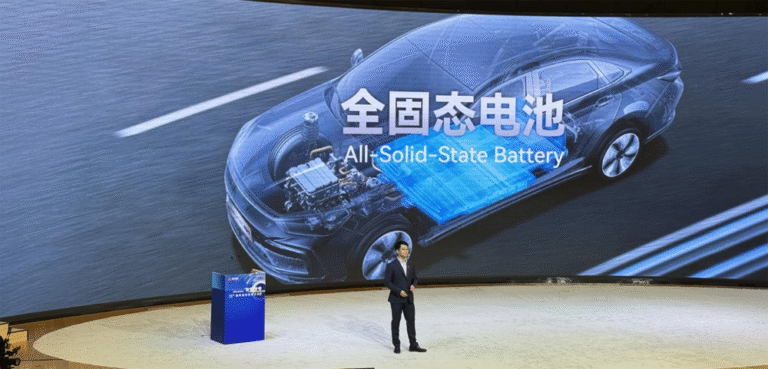CALB (China Aviation Lithium Battery Technology) Company Limited Detailed Research Report ,Production Facilities and Capacity
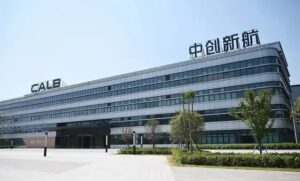
CALB operates an expanding network of production facilities across China and is beginning to build an overseas manufacturing footprint.
As of early 2025, it has seven major battery production bases in China and two initial overseas sitesess-news.com. The Chinese factories are located in:
- Changzhou, Jiangsu Province – (Jintan District) home to CALB’s headquarters and an R&D center, and one of its earliest production sites.
- Chengdu, Sichuan Province – a large EV & ESS battery manufacturing campus.
- Wuhan, Hubei Province – a manufacturing base in central China.
- Jiangmen, Guangdong Province – a site in southern China (near the automotive hub of Guangzhou/Shenzhen).
- Xiamen, Fujian Province – a newer site on China’s southeast coast.
- Hefei, Anhui Province – a base in an auto manufacturing hub (Hefei is home to Nio, VW JAC, etc.).
- Meishan, Sichuan Province – another site in Sichuan (Meishan is near Chengdu).
These seven Chinese plants combined give CALB a planned annual capacity of about 200 GWh in the mid-termbatterytechonline.com.
For example, the Chengdu base is being expanded in phases: Phase I (20 GWh capacity) was completed in September 2022, and in March 2025 CALB broke ground on Phase II with a RMB 12 billion (US$1.67 billion) investmentess-news.com.
Phase II will add 30 GWh of annual capacity by its expected commissioning in Q2 2026ess-news.comess-news.com, bringing Chengdu’s total to 50 GWh.
The Chengdu facility is described as a modern integrated plant for both EV and storage batteries, and the new phase is designed to be a “green, digitalized, and modernized benchmark facility” for the industryess-news.com.
Similarly, in Xiamen, CALB began constructing a 30 GWh high-performance battery plant in Feb 2024ess-news.com. Other sites like Changzhou, Wuhan, Hefei, etc., each have significant planned capacities (often reported in the 10–20 GWh range per phase), with room for future expansion.
CALB has publicly stated ambitious goals of reaching 500 GWh capacity by 2025 and 1 TWh by 2030batterytechonline.com, though actual expansion will depend on market demand and funding.
For overseas production, CALB has taken the first steps in its global manufacturing strategy:
- In Thailand, it established CALB (Thailand) Co., Ltd. in January 2024, setting up an operation in Rayong Provincemarklines.com.
Thailand is an automotive production hub in Southeast Asia, and this facility likely focuses on serving local EV assembly (including Japanese JV automakers in Thailand) and the ASEAN market. The Thailand base underscores CALB’s plan to localize production in key regional markets. - In Europe, CALB is investing in a major gigafactory in Portugal. The plant, located in the port city of Sines (~100 km south of Lisbon), involves an investment of about €2 billion and is expected to start production around 2027–2028reuters.com.
It will have an annual capacity of 15 GWh, capable of producing roughly 187,000 EV battery packs per year at full capacityreuters.com.
Construction began with a groundbreaking ceremony in February 2025cnevpost.com. CALB’s Sines factory will be its first in Europe, and is projected to create ~1,800 jobs and potentially contribute over 4% to Portugal’s GDP at full productionreuters.com.
Importantly, the Sines project is planned as a “zero-carbon” facility, utilizing renewable energy and advanced clean production techniqueschinaventure.com.cn.
This aligns with Europe’s emphasis on localizing battery production and ensuring sustainable manufacturing.
The choice of Portugal also takes advantage of local lithium resources and the country’s strategy to develop a full battery value chain (mining to manufacturing)reuters.com.
As of 2025, CALB reports it operates nine manufacturing bases globally: seven in China, one in Thailand, and one in Portugal (under construction)ess-news.com. This growing footprint indicates CALB’s commitment to global expansion.
Production technology and equipment:
CALB’s factories are built with modern, automated production lines to ensure high quality and output.
The company emphasizes smart manufacturing (Industry 4.0 practices) and has started to introduce cutting-edge equipment. For instance, the new Chengdu phase will be highly digitalized, using advanced automation for processes like mixing, coating, cell assembly, formation, etc., to improve consistency and efficiencyess-news.com.
The U-type cylindrical cell production mentioned earlier reduces required welding machines by 70%, showcasing how new cell designs can streamline factory operationsbatterytechonline.com.
CALB also invests in eco-friendly facilities – controlling emissions, recycling solvents, and using renewable power where possible – as part of its ESG goals.
Capacity expansion plans:
Beyond Chengdu and Xiamen, CALB is simultaneously expanding at other sites.
Reports indicate new projects or phases in Jiangmen and Hefei are underway, and the company has signed agreements with cities (e.g., in Guangdong) to build further plantsbatterytechonline.com.
This multi-pronged expansion is capital-intensive, which explains CALB’s rising debt and the need to ensure sufficient orders to fill these factories. The risk is exemplified by GAC’s insourcing: CALB’s largest customer, GAC Aion, built its own battery factory (Inpai Battery) which started production in late 2023chinaventure.com.cn with a planned 26.8 GWh capacity by 2025chinaventure.com.cn.
If big clients shift to self-supply, CALB will need to find new customers to utilize its capacity.
So far, CALB is mitigating this by diversifying its client base (winning projects with others, including foreign OEMs as noted) and expanding into energy storage where demand is booming.
In summary, CALB’s manufacturing network is rapidly scaling both domestically and internationally.
The company is building state-of-the-art gigafactories with large GWh capacities, employing advanced production technologies, and aligning capacity expansion closely with strategic customer partnerships.
This should position CALB to supply the growing EV and renewable energy markets, provided it can effectively ramp up these facilities and secure enough contracts in a highly competitive industry.


